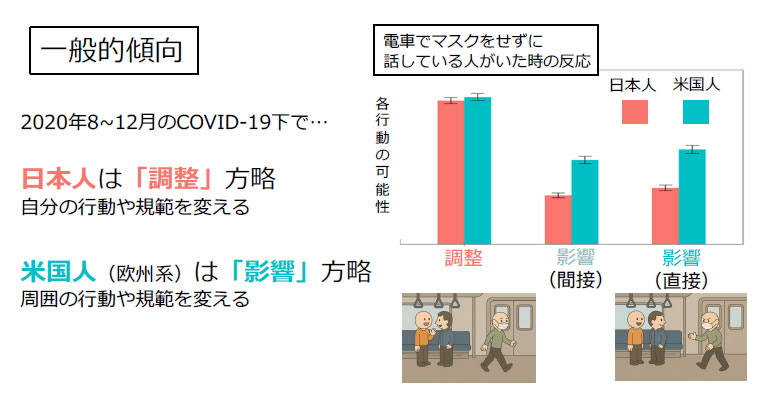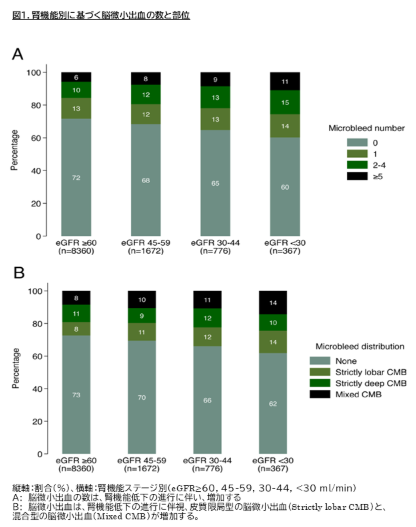2025-05-26 京都大学

<関連情報>
- https://www.kyoto-u.ac.jp/ja/research-news/2025-05-26-1
- https://www.kyoto-u.ac.jp/sites/default/files/2025-05/web_2505_Nakayama-599057307138fdfb2a58ab149da8b80b.pdf
- https://onlinelibrary.wiley.com/doi/10.1111/jasp.13103
COVID-19の集団的脅威下における行動調節の文化的差異: 日本では調整力が強く、米国では影響力が強い Cultural Differences in Behavioral Regulation Under the Collective Threat of COVID-19: More Adjustment in Japan and More Influence in the United States
Raphael Uricher, Masataka Nakayama, Yukiko Uchida
Journal of Applied Social Psychology Published: 12 May 2025
DOI:https://doi.org/10.1111/jasp.13103
ABSTRACT
Historical collective threats, such as national disaster or pathogen pandemics, have been highlighted as a key factor driving the evolution of cultural differences. However, little research has investigated how these culture-threat links are reflected in specific psychological and behavioral tendencies. Additionally, although it is commonly argued that behavioral regulation strategies generally differ between cultures – with East Asians generally preferring to adjust themselves to fit situations and European Americans generally preferring to influence situations to fit themselves – they have scarcely been examined beyond the context of daily life. We tested whether these general findings on behavioral tendencies could be extended to the collective threat posed by the COVID-19 pandemic. We conducted two online surveys between August and December 2020 (n = 1240 and 823, respectively) in Japan and the United States, and found that, compared to European Americans, Japanese participants perceived higher levels of both normative and actual adjustment for both themselves and others. Furthermore, European Americans reported that actors in their daily lives (friends, subordinates, superiors, and local governments) other than the national government had influenced people’s behavior significantly more than Japanese did. Finally, European Americans reported that they were more likely than Japanese participants to use influence strategies in response to encountering someone not wearing a mask on the train.


